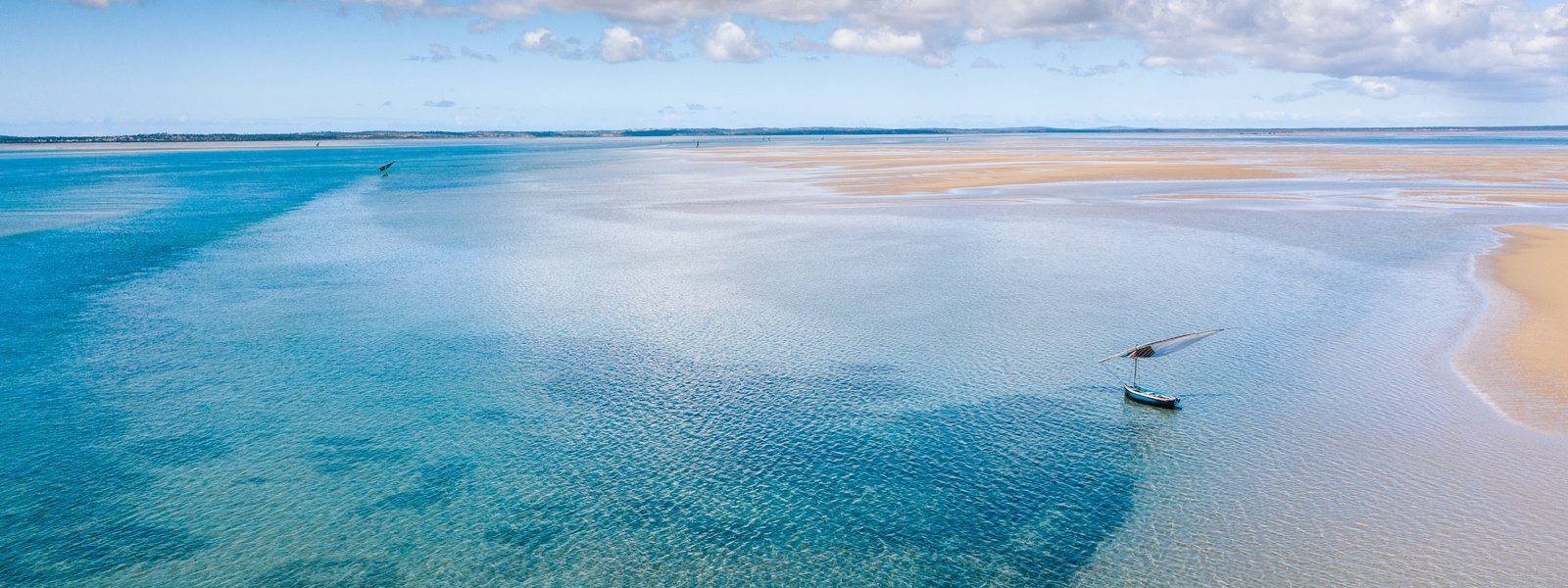
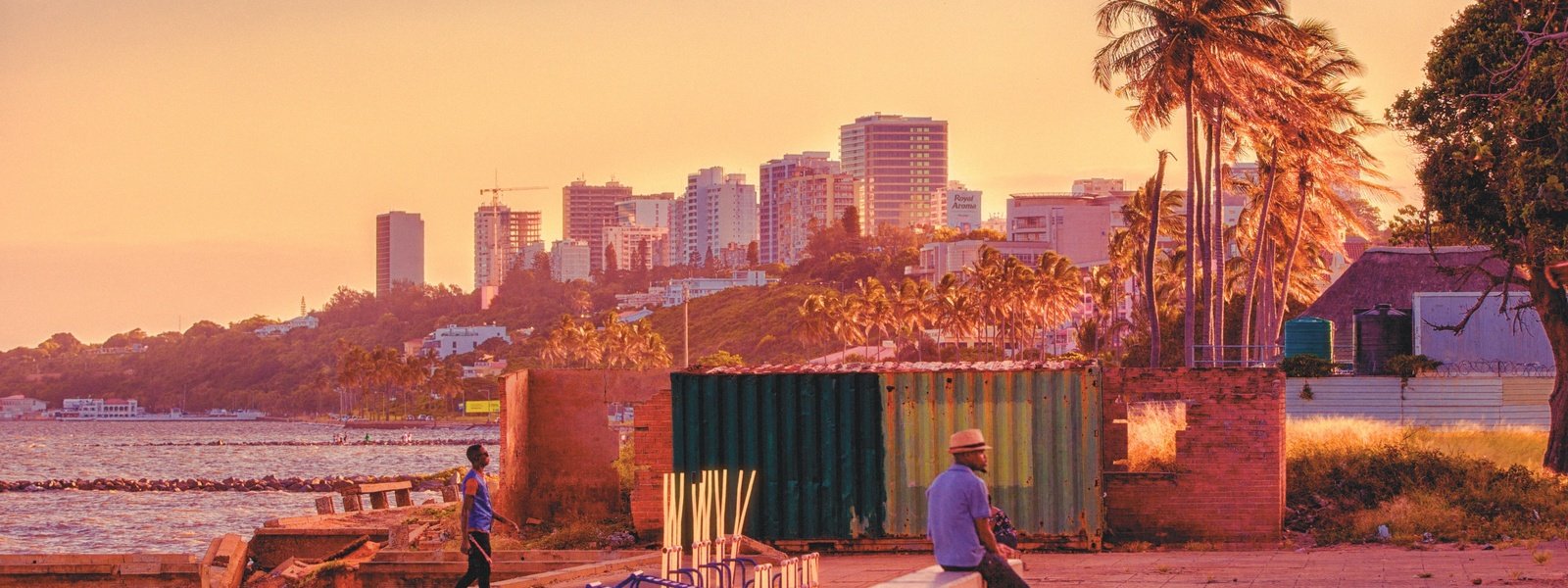
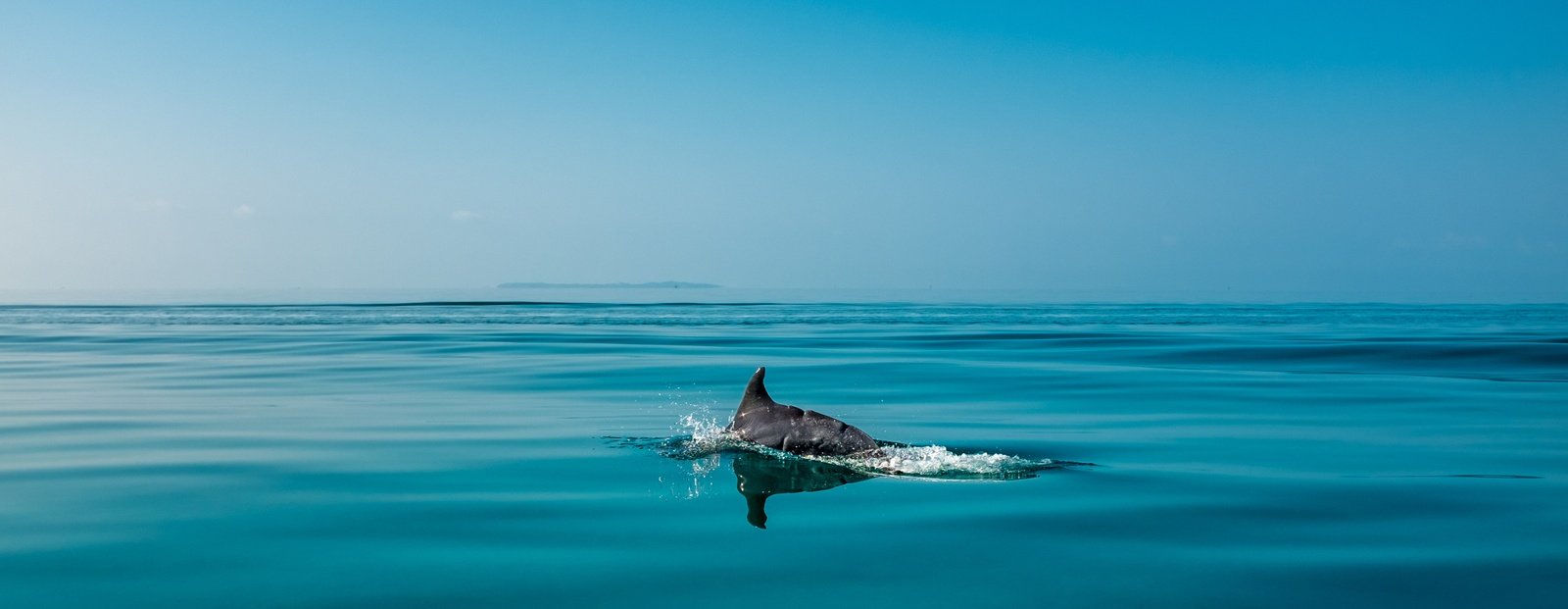
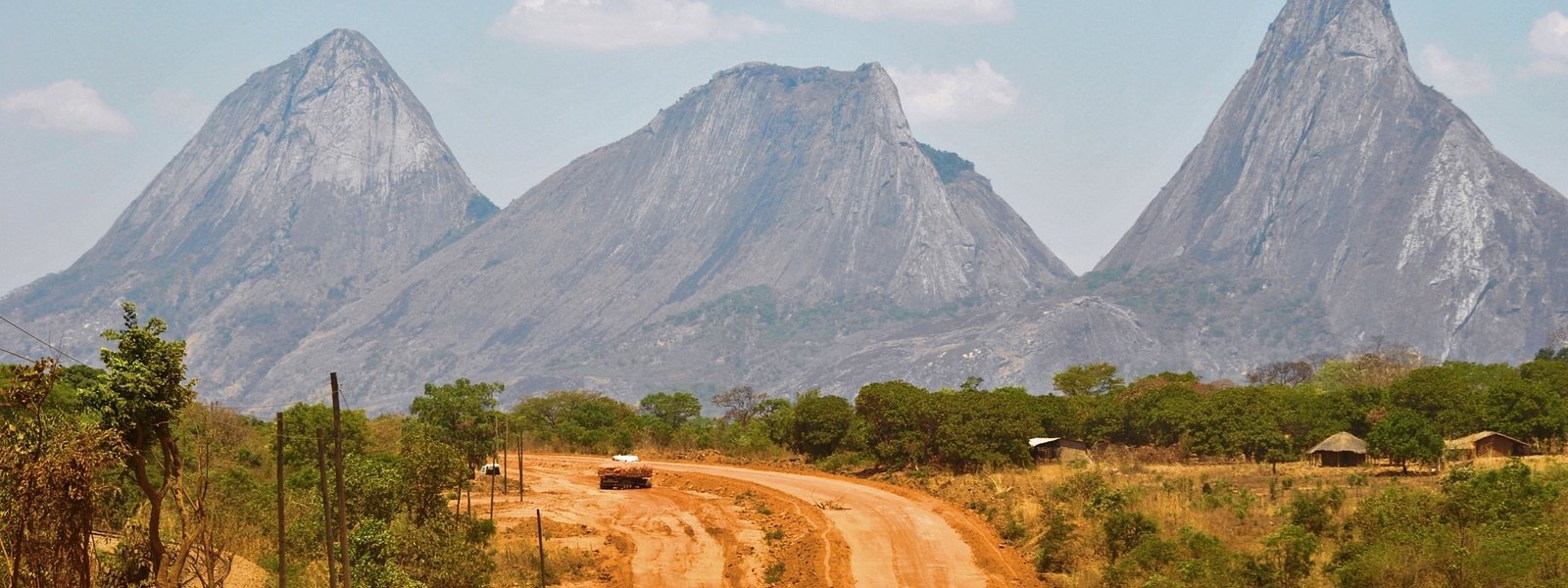
Mozambique
The historical Mozambique Island
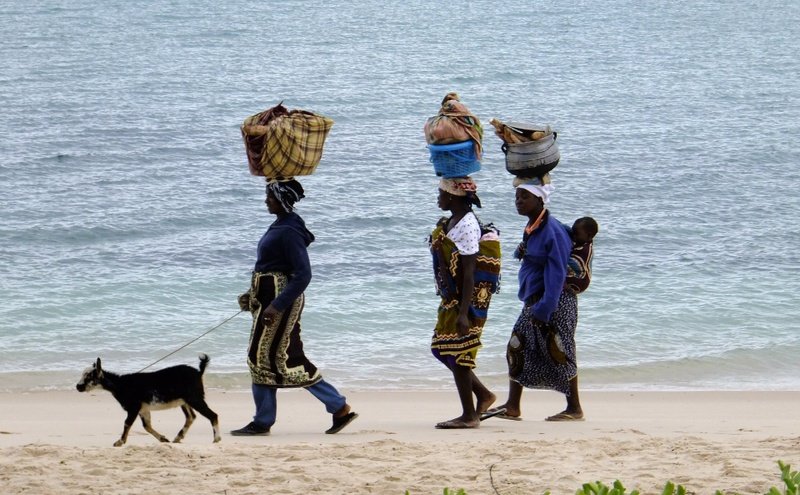
Mozambique Island (Ilha de Moçambique) lies in the Northern parts of Mozambique on the shores of the Indian Ocean at the entrance of Mossuril Bay. It is a small coral island with a population of around 15,000 people, easily walkable from the most Northern part to the most Southern part of it in a bit more than half an hour. The island is actually part of an archipelago together with two other uninhabited islands, Goa and Sena. Thanks to its authentic architecture, beautiful nature and beaches and friendly people it is getting a more and more popular destination amongst travelers despite its remoteness.
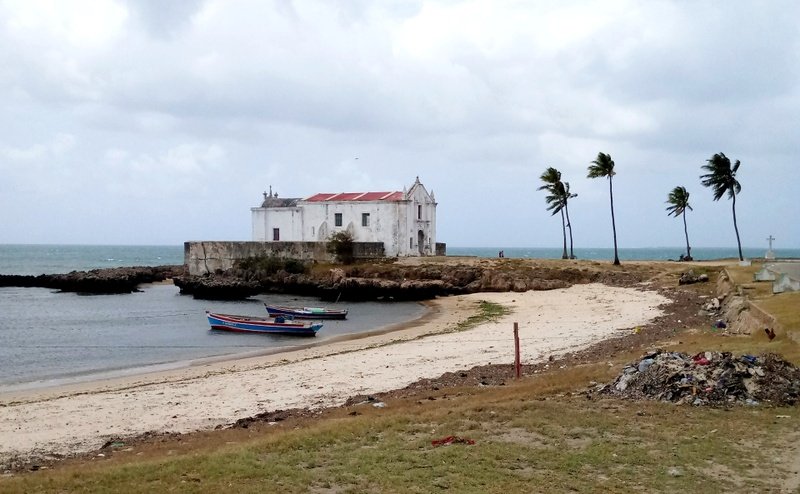
The island is located only 4 kilometers away from the mainland, connected to it by a bridge so it is easily accessible. In some online guides, travelers are often discouraged to travel to the Northern parts of the country because of its remoteness and bad road conditions, however, we would still encourage everyone to visit Mozambique Island as we think it is one of the highlights of a trip to Mozambique. Lumbo airport is the nearest airport, however, it is also easily accessible with a chapa (minibus) from the closest town, Nampula. To reach Nampula, one can take buses from Southern destinations or if coming from Malawi we highghly recommend the extremely scenic Cuamba-Nampula train.
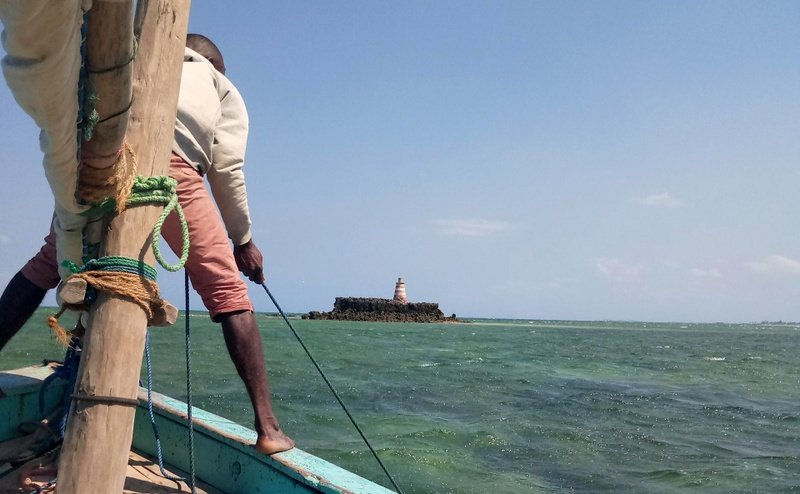
Mozambique Island is a UNESCO World Heritage Site, thanks to its architectural unity, because the same building style, techniques, and materials have been used since the 16th century. The city can be divided into two sections, the lime and stone town (Stone Town) with Swahili, Arab and European influences is located in the North, while the South is characterized by traditional African architecture with roofed palm leaves (Macuti Town).
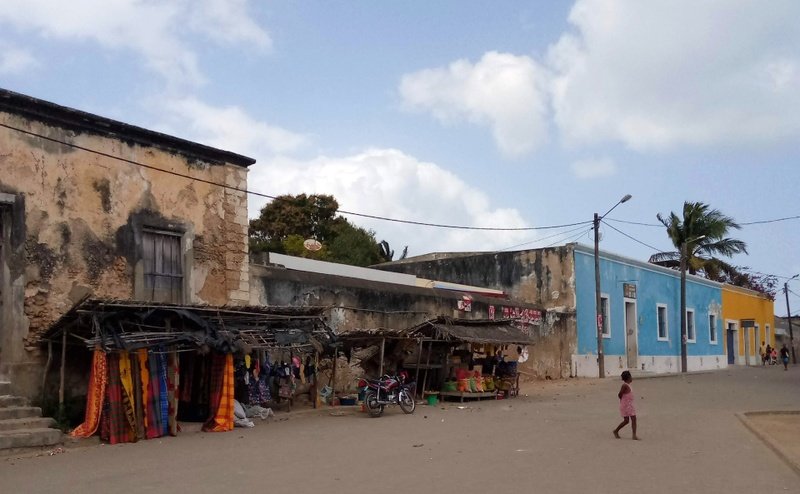
The island also has the historical importance of serving as one of the main trading centers from the 10th century at the Indian Ocean's trading routes. The town was established by the Swahili coming from Kilwa, then the Portuguese arrived and made Mozambique Island the capital of East Africa thanks to its great location serving as a port connecting Western Europe and India for spices, gold and slaves. Many of the famous buildings of the island, like Fort São Sebastião, or the old hospital was built during the Portuguese times.
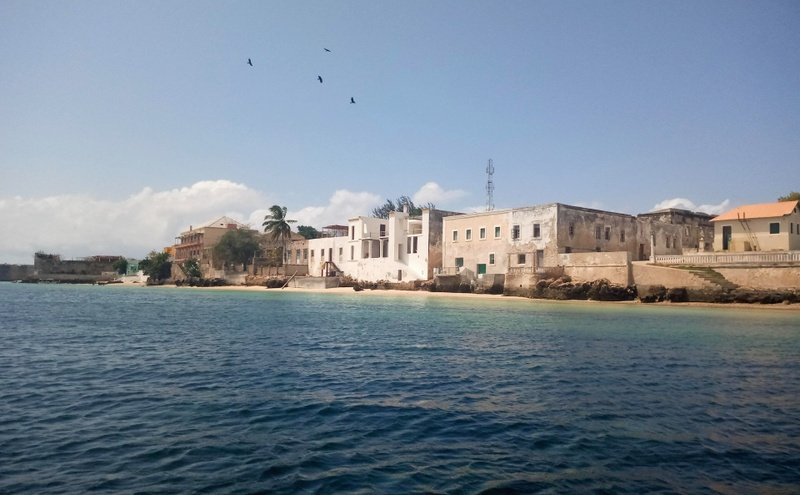
The contrast of the town's Southern and Northern parts can be seen for instance in terms of the eating options as well. The Northern parts host more upmarket restaurants with international options and a daily changing menu always including fresh fish, while the Southern parts are characterized by traditional more budget-friendly eateries also featuring delicious fresh fish. A not-to-miss experience is the old fish market, where early in the morning local fishermen arrive with the daily catch. The island also has a fun nightlife despite the few inhabitants with bars and (beach) clubs with great dancing options.
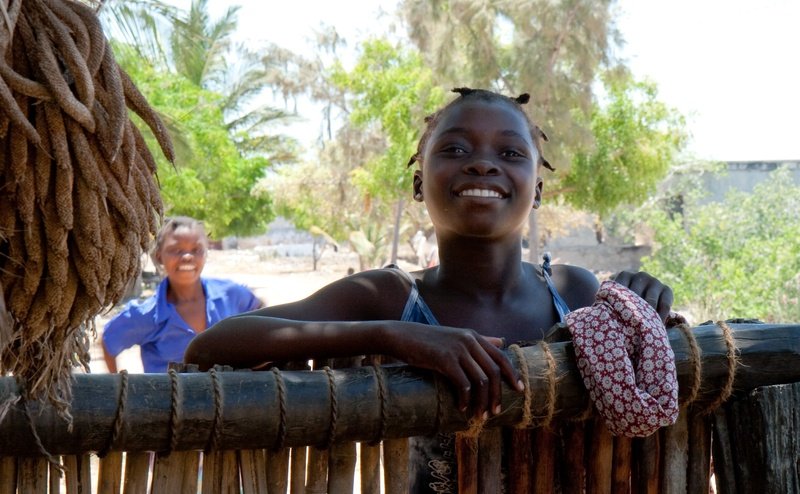
There are several activities one can do on the island including walking or cycling around and visiting the historical buildings, preferably with a local guide who can tell more about the history and the current lifestyle of the locals. It is also possible to go kayaking or on local boat tours, called the dhow, and visit nearby islands, like the Goa islands, Corall beach, Cobra Island, or Sete Paus island. Other possibilities include a whale watching tour, diving or snorkeling and even cooking classes and sleeping options on the islands.
